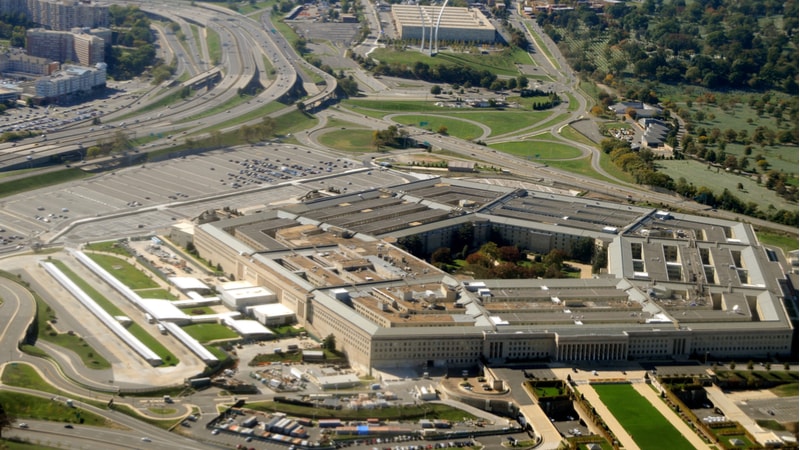
U.S. government defense leaders said Tuesday that Defense Secretary Pete Hegseth’s new software acquisition directive is paving the way for a more software-centric, agile, and responsive Department of Defense (DoD).
Last month, Hegseth signed a memo directing the services and defense agency acquisition leaders to embrace existing authorities to speed up software procurement for warfighters, including the Software Acquisition Pathway.
In the memo, Hegseth explains that he wants all components taking advantage of the pathway and is “directing the use of Commercial Solutions Openings and Other Transactions as the default solicitation and award approaches for acquiring capabilities under the [program].”
Sean Brady, the director of Software Acquisition and the DoD Software Cadre, and Deputy Director for Joint Interoperability within the office of the Under Secretary of Defense (Acquisition & Sustainment, explained that the new directive is going to energize and empower the department to accelerate on software modernization, and put the department at the forefront of defense.
“Our goal is for a DoD that is commercial [and] software-centric and also looking to be less bureaucratic and more responsible to the warfighter,” Brady said during the AFCEA TechNet Cyber conference in Baltimore on May 6.
The memo is the first of what will likely be a series of steps from Hegseth, who has said on several occasions he wants to change the way the military buys and builds both software and hardware.
According to Brady, some of the driving forces behind the need for modern software acquisition within the department are the mission and the changing battle landscape.
“We understand that our combat support systems and our weapon systems functionality is driven by software, and it’s really software that allows us to adapt our systems so that they’re more responsive to rapidly changing threats, rapidly changing priorities and requirements,” Brady said. He added that in the modern battlefield it’s exceedingly important to have a more streamlined software acquisition process.
Robert Vietmeyer, chief software officer for the DoD, explained that the warfare environment has changed to the point where information warfare now plays a central role in success.
“The winner is the one that can adapt the fastest, the one that can take advantage of the tremendous explosion of information that we see coming in in a modern battlefield and adapt faster than the adversary in this situation, and really that’s the heart of what we’re trying to achieve here with software modernization,” Vietmeyer said.
Brady also explained that the pace of software innovation is much faster than many traditional timelines at DoD have been, leaving the department at risk of falling behind.
“What we’re trying to do here [is] take advantage of those commercial solutions that are available. We also want to take advantage of the commercial software development talent that understands how to build products in that marketplace. They understand the people, processes and tools to get that done,” Brady said.
“We want a software acquisition system that’s far more responsive, more dynamic, to keep pace with the dynamic fight and outpace our adversaries,” he said.
